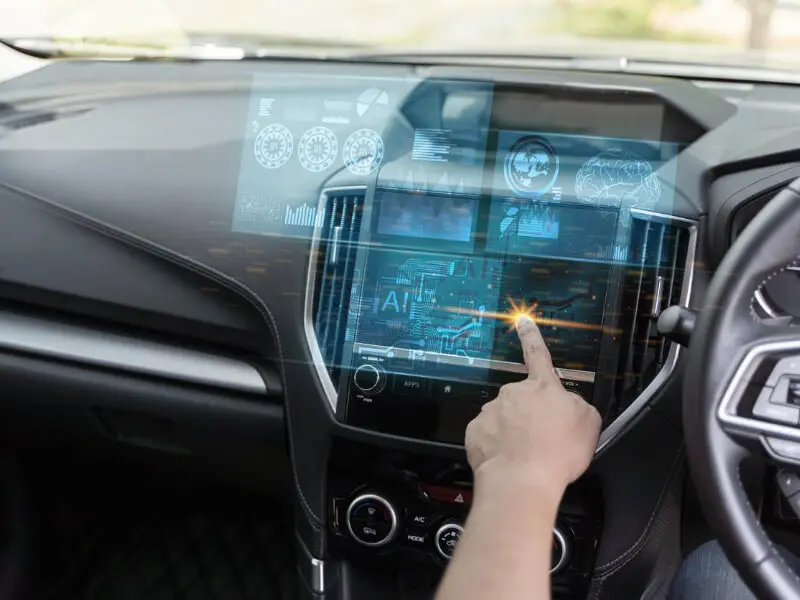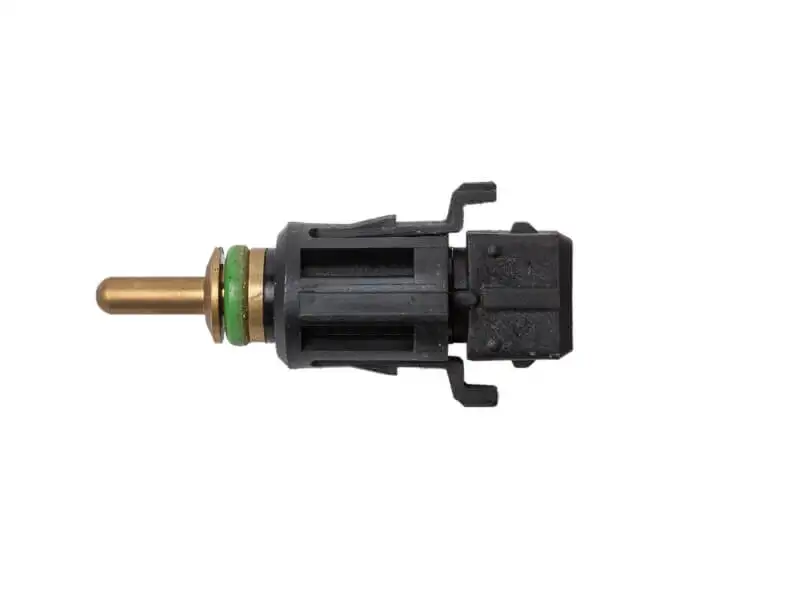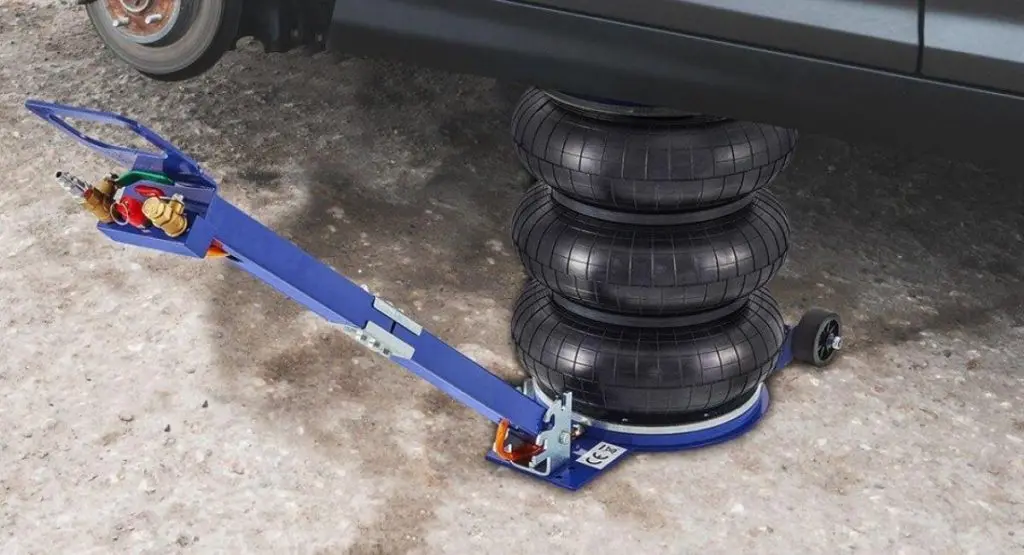Modern cars are no longer straightforward transport machines. Instead, they have evolved into a combination of smart features and technologies. An increasing number of car sensors is proof of these developments. Read on to discover these and how to choose car sensors to maintain a relevant inventory.
Table of contents
What are car sensors?
A car sensor is an electric system used to identify the faults in a vehicle and notify the driver. They are designed to work according to the signals they receive. Nowadays, almost all wheels have different types of car sensors which serve a different purpose. Their function is to make the driving experience smooth for the riders.
Different types of sensors can measure temperature, speed, brakes, etc. Then, they send signals to the Engine Control Unit (ECU) to make the required adjustments and alert the driver.
As automotive technology continues to evolve, the role of car sensors is likely to expand. This is a sign that businesses in this sector should stay in touch with advancements to improve their sales.
Types of car sensors and their functions

Here are some car sensors and their functions that are making lives easier for the drivers:
Air-flow sensor
A mass airflow sensor calculates the oxygen flowing into the engine for the ideal air-to-fuel ratio. The sensor helps increase engine efficiency. Most cars deploy the hot wire principle in the airflow sensors. The engine throttle presses when the driver presses on the gas. This allows more air to flow around the hot wire. More electric current is required to keep the wire hot as more air comes in. An electric chip works with the airflow signal to determine how much fuel needs to be injected. This helps to maintain an optimum air-to-fuel ratio, and gas mileage stays at bay.
Engine speed sensor
An engine speed sensor is also called a transmission speed sensor. Its job is to calculate the speed at which wheels are rotating. These sensors are found in different types of sports and commercial vehicles. When the ECU receives a signal from the speed sensor, it intervenes with the speed, brakes, air intake, and air-fuel ratio.
Fuel tank pressure sensor
As the name suggests, this type of sensor is a component of the fuel tank structure. It is located on the fuel pressure rail or fuel pressure line. It monitors the pressure in the tank and looks for leaks, as leakage may change the fuel pressure. Too much fuel pressure can harm the vehicle as it disrupts the air-fuel ratio. If the pressure leaks or exceeds the required amount, the sensor informs the ECU. This, in turn, alerts the driver by blinking the check engine light.
Oxygen sensor
A car needs sufficient oxygen for combustion and a smooth drive. An oxygen sensor determines the oxygen level in the exhaust and compares it against the level around the engine. This data allows the sensor to judge whether the engine has enough fuel-air ratio. It generates a proportionate percentage of air-fuel mixture to understand that the exhaust system and emission control are up to the mark.
Coolant temperature sensor
This sensor measures an engine’s temperature using the car’s cooling system. If the engine gets overheated, it may cause the system to fail. The task of this sensor is to inform the ECU about the engine heat level. The ECU kickstarts a cooling system if the temperature exceeds the required level. A car’s cooling components include fans, an exhaust, a thermostat, a radiator, and overflow hoses.
Throttle position sensor
The job of a throttle position sensor is to regulate engine power by controlling the flow of air and fuel inside an engine. It helps to detect the amount of fuel and air entering the engine during ignition. The sensor identifies the throttle’s position while pressing on the accelerator pedal. It tells the ECU how much air-fuel ratio is required in the engine. This, later, decides how much a throttle should open or close to allow enough air-fuel inflow.
Airbag sensor
An airbag sensor aims to maximize a driver’s safety during the rides. Forceful pressure like a collision or sudden stopping of a vehicle triggers this sensor. The task of these sensors is to monitor wheel speed or brake pressure. If an accident occurs, the sensors take action, like inflating the bags, fixing the seatbelts, or operating automatic door locks to prevent significant injuries. All these functions happen within milliseconds, making it highly important for the sensors to work efficiently.
Tire pressure monitoring sensor (TPMS)
A tire pressure monitoring sensor looks over the pressure on all wheels of a car. It notifies the driver of low pressure in either of the tires. Decreasing pressure in the tires can hinder the smooth driving of the vehicle. Drivers can keep track of the pressure and refill the air before a car breaks down.
Understanding the science behind car sensors can help retailers and wholesalers to make informed decisions. As technology advances, all businesses must monitor changing trends and demands. This can help them to pick and choose products for their inventory.
How to choose car sensors?

The types of car sensors vary according to their working principles, sensing technologies, operating conditions, and other factors.
Here are some key considerations that can help you make the right decisions.
- Identify the sensor needs: Understand the functions and systems in vehicles that require sensors.
- Compatibility: Different cars may have specific sensor requirements. It is essential to use the right ones for seamless integration.
- Quality: Choose sensors from reliable manufacturers known for producing high-quality automotive parts. Such products are likely to provide accurate data and have a longer lifespan.
- Check reviews: Read reviews from automotive experts or other vehicle owners. Real-world experiences can provide valuable insights into the specific sensor models.
- Cost considerations: Investing in reliable sensors can prevent issues in the long run. Check out prices from different suppliers to balance quality and affordability.
- Installation: Knowing the target market’s installation preferences helps choose car sensors. Some sensors may require professional installation, while DIY enthusiasts can easily replace others.
The sensors in vehicles act as input devices for the onboard computers. If they send the wrong signals, the car system may stop working or cause trouble for the driver. Thus, choosing suitable sensors is crucial to ensure the prospects can get what they seek.
The bottom line

Car sensors work behind the scenes in automotive vehicles, ensuring the engine runs well and the drive stays smooth. These small but powerful devices will make the drivers more aware and connected. Learn more about car sensors and their distinct features on Alibaba Reads – the ultimate place to learn about e-commerce trends!





